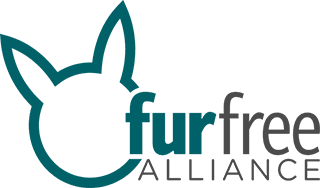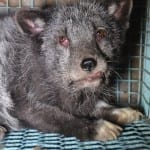Saga Furs is a Finnish fur brand and fur auction house, which products are marketed as a responsible and ethical choice. However, fur farms producing Saga fur are regular fur farms that share the considerable animal welfare problems inherent in fur production.
Saga fur is neither “ethical” nor “animal welfare friendly” but the product of conventional fur farming practices which have been banned on ethical and welfare grounds in several countries.










 Nicki Brooks,
Nicki Brooks,
 Sandra Schoenmakers,
Sandra Schoenmakers,
 Joh Vinding,
Joh Vinding,